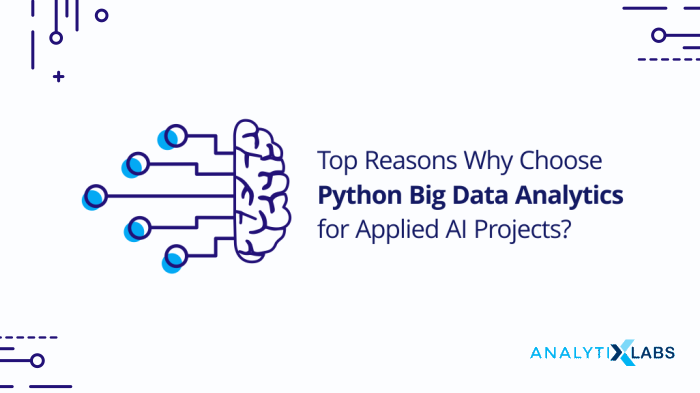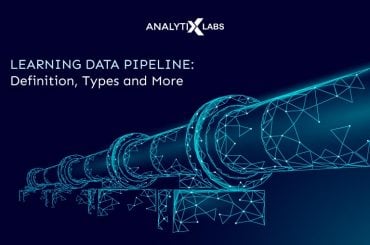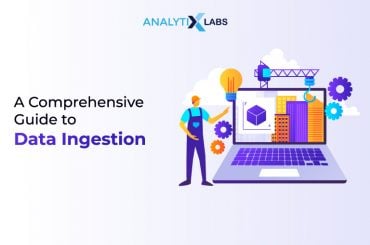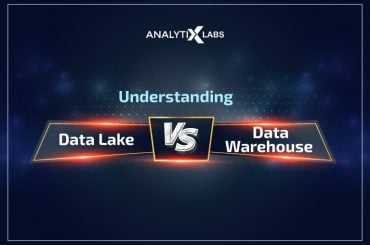Every professional in the Big Data industry understands the importance of gaining full certification in Python training for further expertise in Applied AI projects. However, despite growing demands, professionals find it extremely hard to zero onto the programming language training. The Python Big Data Analytics is an ideal choice to start learning the extent to which computing can improve AI projects.
From creating a powerful AI based mobile app to building a reliable cyber security model in a hybrid Cloud infrastructure, the role of training in Python Big Data Analytics makes more sense.
Here are the top reasons why you should choose Python Big Data Analytics training for Big Data, Applied AI, and the Internet of Things (IoT) projects.
Less Coding; More Effective in Delivery
Remember those days when developers would sit long hours coding powerful programs for IoT and data analytics. Things have changed a lot since the arrival of Python. With the maturity in Python Big Data Analytics programming for neural networking and cloud-based machine learning, a lesser number of coding lines involved in Python makes the programs work faster and specific to data types analyzed for a project. In its earlier phase, Python was blamed for being too slow than the likes of Java and Scala. With major developments in R programming for big data and Anaconda, Python has made rapid progress in the way it is developed and executed for data analytics and visualization projects for Applied AI, Machine Learning and IoT projects.
Python is Up in Arms with Hadoop and ElasticSearch
As we start to explore more options in Big Data analytics and search-related algorithms, developers are eyeing a fattening combination of Python Big Data Analytics with other compatible programming languages, Hadoop and ElasticSearch.
For example, you can explore the use of PyDoop for Big data used in banking, Insurance and retail electronics. Using the Hadoop Distributed File System (HDFS), Python Big Data Analytics APIs can be seamlessly integrated to advanced deep learning and data science concepts, including for Counters, Record Readers, and more.
PyDoop helps with crunching a large volume of public and company data to make real-time, accurate data analytics and predictions into challenging tasks. Training in Python 2.7 and Apache Hadoop packaged with MapReduce and HDFS is the first step to begin Python Big Data Analytics programming course for IoT and applied AI/Machine learning projects.
With Python and ElasticSearch, big data analysts and coding programmers can build data infrastructure making it easier to scale the data nodes at a linear scale. With one eye in the future and other on the applications currently under development, Python Big Data Analytics coders can experience the following benefits in their applications:
– Real-time analytics
– Developer-friendly APIs
– Full-text natural language search and processing
– Ease of data Indexing and data conversion
Other Popular Big Data Analytics Packages with Python
Apart from the conventional PyDoop and ElasticSearch, Python Big Data Analytics training also includes other powerful sets of packages for a precision-centric data science and analytics projects. Big Data analytics programs that fit in well with Python training are as follows:
– Pandas
– NumPy
– SciPy
– Google’s TensorFlow
– R
– iPython
– Cython
– PyMySQL
Data Visualization is the Key to Big Data Analytics Success
What’s data without visualization? Data scientists find plotting of their data and analytics hardest with the traditional programming languages. Python Big Data Analytics makes data look compelling and simplified. With APIs like Plotly and NetworkX, Python training becomes invincible for Big data applications. If you are looking for data science projects that ooze out powerful analytics, stick to Python with front-end Apache Hadoop, rather than digging into the low-level computational framework of MapReduce, or even Spark.
Who can do Python?
Unless you know the basic syntax, it’s hard to implement anything.
Python Big Data Analytics training is convenient for graduates, postgraduates, research analysts and professionals from IT and engineering background. IT professionals have the best chance of making it big with the Python Big Data Analytics course as they can implement Java and NoSQL basics for an advanced Python learning course.
Conclusion:
The biggest mistake you can make in the Python Big Data Analytics training is hoping to learn more in the shortest time. That is not going to happen, irrespective of your efforts. Instead, focus on learning the basics of Hadoop + Python and gradually build your expertise into Numpy, NoSQL, Pandas, and Plotly (or other data visualization tools).









8 Comments
thanks for the sharing. I was really confused about it. You have cleared my confusion.
Really interesting, Thanks for the blog
Very informative !
Writing with style and getting compliments on the article is quite hard, to be honest. But you’ve done it so calmly and with so cool feeling and you’ve nailed the job. This article is possessed with style and I am giving good compliment. Best!
Grate blog i seen ever!!
Each and every topic are covered in this blog about big data science.
Thanks for sharing,keep updating
I love your blog, My all queries are solved by reading this blog.
keep updating,Thanks
I love your blog. This all provided knowledge are unique than other big data hadoop blog.
Good explain, keep updating
Nice post sharing you have done superb job by providing such valuable information am really thankful for this
Superb Information Given Really Valuable and Helpful Blog Thanks For It Keep Sharing